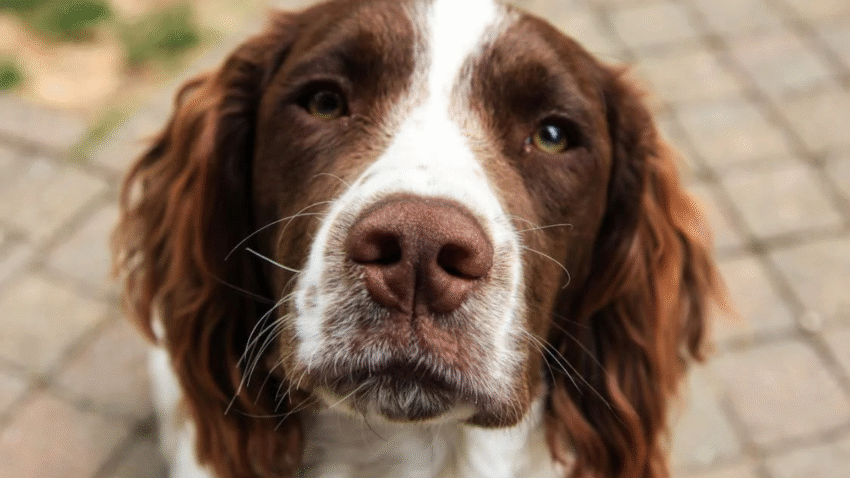Introduction
Struggling with a puppy that chews everything in sight—including your furniture? You’re not alone. Learning how to train your puppy not to chew on furniture is an essential part of raising a well-behaved dog. In this guide, you’ll discover why puppies chew, how to redirect the behavior, and the simple steps you can take today to protect your home—and keep your pup happy.
Why Chewing Furniture Matters for Puppies
Chewing is a natural behavior for puppies, especially during teething. However, when left unmanaged, it can lead to destructive habits, ruined furniture, and even potential health risks if your pup swallows dangerous objects. Early intervention helps:
- Protect your home and belongings
- Support your puppy’s mental and physical development
- Strengthen the bond between you and your pup
- Prevent future behavioral problems
Understanding your puppy’s need to chew is the first step in redirecting this instinct in a healthy and safe way.
Step-by-Step Guide to Stop Furniture Chewing
Here’s a simple and effective plan to help your puppy stop chewing on your furniture and focus on safe alternatives instead.
1. Understand Why Your Puppy is Chewing
- Teething discomfort (common between 3–6 months)
- Boredom or lack of stimulation
- Separation anxiety or stress
- Lack of training or boundaries
2. Puppy-Proof Your Home
- Remove chewable items like shoes, remotes, and cords from reach.
- Block access to certain rooms with baby gates or pens.
- Use furniture covers or deterrent sprays during training.
3. Provide Chew Toys and Safe Alternatives
- Offer a variety of textures (rubber, rope, soft plush)
- Try frozen treats or toys for teething relief
- Rotate toys to maintain interest
Top tip: Rub peanut butter (xylitol-free) inside a hollow toy to keep your puppy busy longer.
4. Supervise and Redirect
- Watch your puppy closely when they’re loose in the house.
- The moment you catch them chewing furniture, calmly say “No” or “Ah-ah.”
- Redirect them to a chew toy and praise them when they engage with it.
5. Use Positive Reinforcement
- Reward good behavior immediately with treats or affection.
- Use praise when they chew toys instead of furniture.
- Keep training sessions short (5–10 minutes) and frequent.
6. Use Deterrent Sprays (If Needed)
- Use safe, vet-approved bitter sprays on furniture legs or corners.
- Always test a small area first to avoid damage or staining.
7. Stick to a Routine
- Regular exercise, playtime, and mental enrichment help reduce chewing from boredom.
- Feed and walk your puppy on a schedule to create structure.
Common Mistakes to Avoid
1. Punishing After the Fact
Scolding your puppy after the damage is done teaches nothing and may create fear. Only correct behavior in the moment you catch it.
2. Not Providing Enough Chew Options
Expecting a puppy not to chew without giving alternatives is unfair. Always keep safe chew toys within reach.
3. Inconsistent Rules
If you let your puppy chew an old slipper but scold them for chewing a shoe, you’re sending mixed signals. Be consistent with what is and isn’t allowed.
4. Overreacting Emotionally
Yelling or reacting strongly can confuse your puppy and may even encourage the behavior if they’re seeking attention.
5. Ignoring Underlying Needs
Many chewing issues stem from boredom or stress. Make sure your pup gets enough physical activity and bonding time.
Extra Tips & Recommendations
Tip 1: Rotate Toys Weekly
Switching toys out every few days keeps your puppy mentally stimulated and prevents boredom-driven chewing.
Tip 2: Try Crate Training
A crate can serve as a safe zone where your puppy can’t get into trouble. Just ensure it’s a positive space—not a punishment.
Tip 3: Use Frozen Washcloths for Teething
Wet a small cloth, twist it, and freeze it for a teething-safe chew toy. Great for soothing sore gums.
Conclusion
Training your puppy not to chew on furniture takes patience, consistency, and understanding. By redirecting their energy to safe toys, providing structure, and avoiding common mistakes, you’ll help your puppy develop lifelong good habits. Stay calm, stay consistent, and remember: every chewed table leg is a learning opportunity.
📌 Bookmark us for more dog care tips and step-by-step guides!
